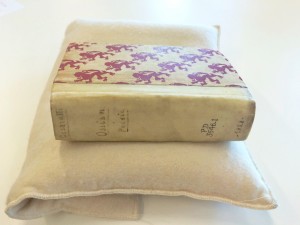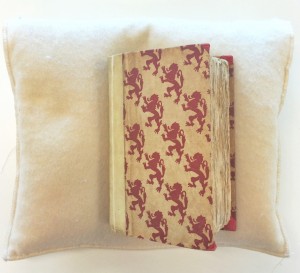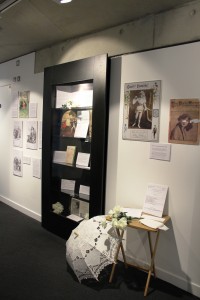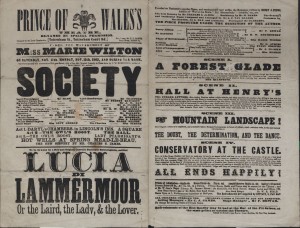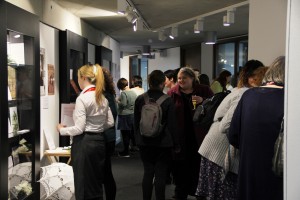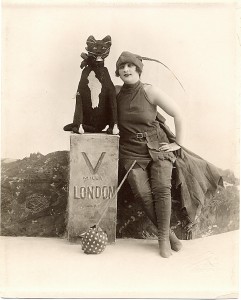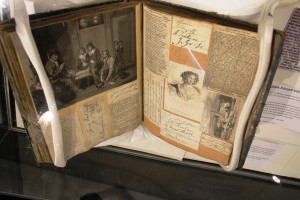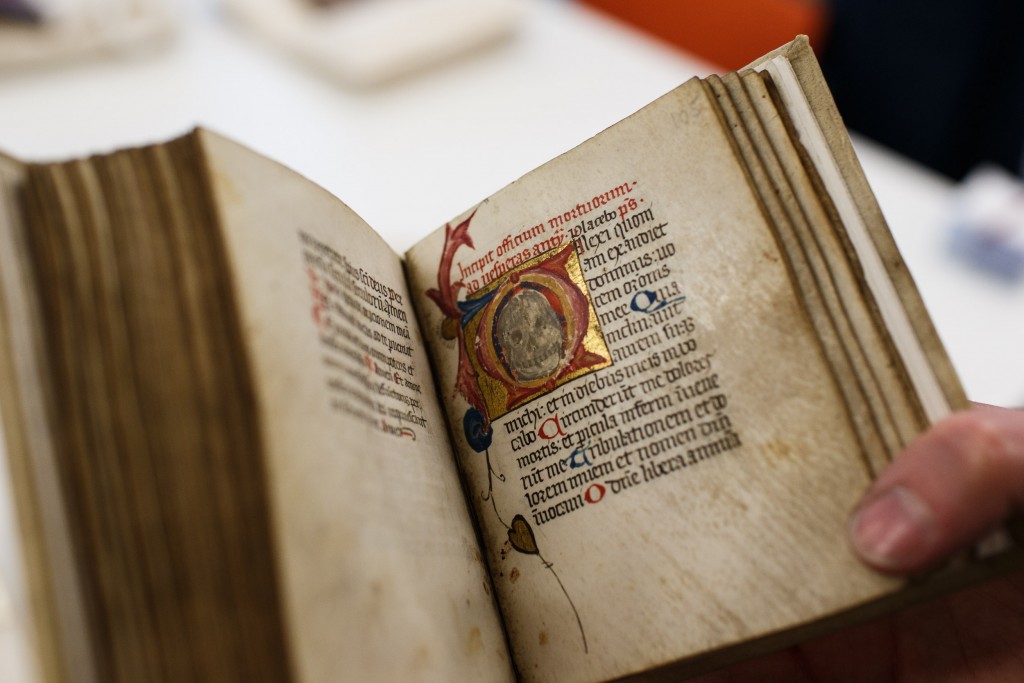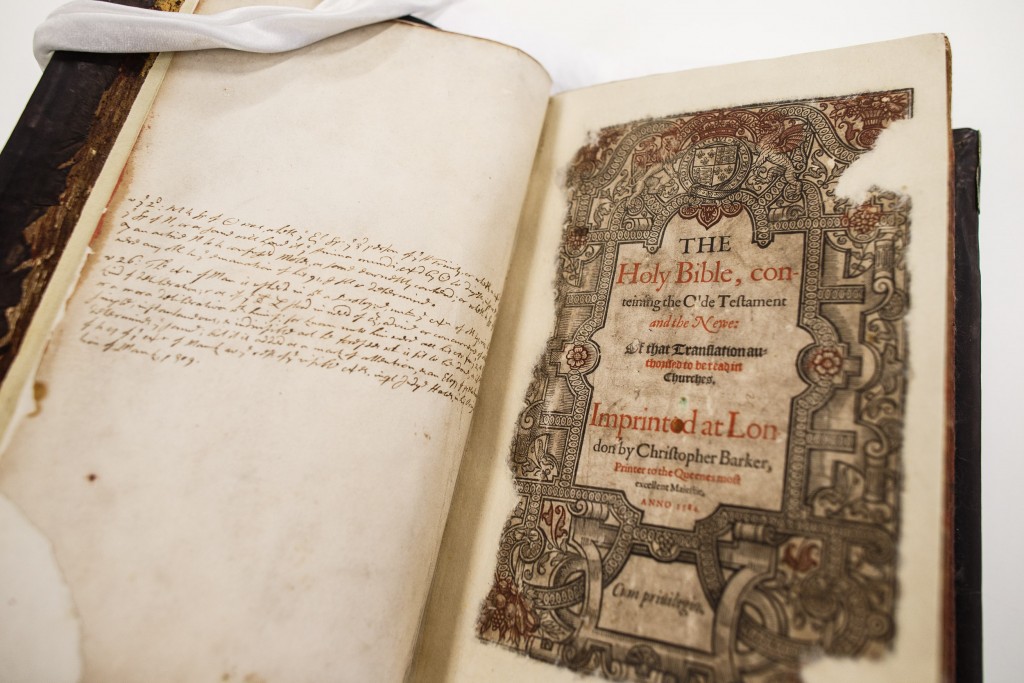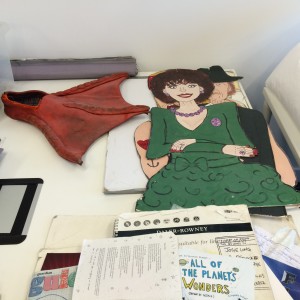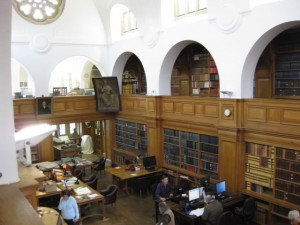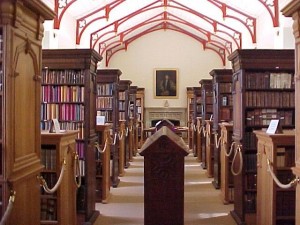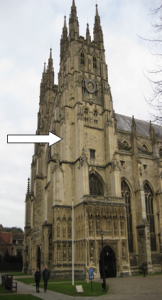Recently I’ve been working on a collection of Punch cartoons by W.K. Haselden. The British Cartoon Archive has hundreds of cartoons by Haselden, and he is one of the most recognizable cartoonists of the early 20th century. His theatrical cartoons appeared in the ‘At the Play’ (or occasionally ‘At the Movies’ and ‘At the Revue’) section of Punch, and span a good twenty five years from the early 1910s. They feature many recognizable names and here I bring you a selection of my favourites.
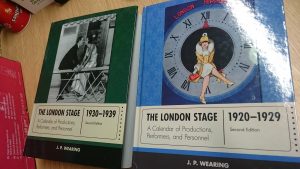
Some hefty tomes
This work has required a lot of research on my part, as I try to identify and create records for the people portrayed in the cartoons. I have met hundreds of actors and actresses along the way, often with the help of the books you can see on the right. Some of my favourite names include Beppie de Vries, Norman V. Norman and Beatrice Appleyard. Here I present to you some more familiar names I came across as I catalogued the collection.
Dame Sybil Thorndike
Sybil Thorndike was born in the late 19th century, and she’s a local girl. Whilst she was born in Lincolnshire, her brother (also an actor, although perhaps more well known as an author) Russell was born down the road in Rochester, where their father was a canon at the cathedral. Sybil attended Rochester Grammar School for Girls, and is probably their most well-known pupil. She was most famous as a theatre actress, and was so well known in her day that she was in the ‘Black Book’ of people to be arrested if the Nazis ever invaded Britain!

Sybil Thorndike in “St. Joan” – a role created for her by George Bernard Shaw
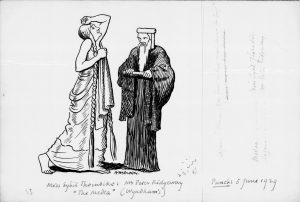
The Medea
John Laurie
John Laurie is perhaps most remembered for his part in Dad’s Army, as my favourite character Frazer, but this was by no means his most significant role. He was also a part of hit Sixties shows The Avengers and The Ken Dodd Show, and appeared often on stage, particularly in Shakespeare, including Hamlet, Richard III and Macbeth. According to IMDB, he appeared in 161 acting roles on film and TV in his long career. He even appeared in a Disney movie, their 1950 rendition of Treasure Island.

Old King Cole
Dion Boucicault
It was particularly pleasing to come across cartoons of Dion Boucicault as I catalogued, as we hold a Boucicault Collection here at Kent. These are two different Dion Boucicaults, our collection being about the father of the man in the cartoons. This is quite confusing, and completely unnecessary, as in reality the two of them had completely different names! Whilst he was known as an actor, he was also a theatre manager, and had particular success with the premiere of a little known play, one Peter Pan by J.M. Barrie. It was Dion’s sister, Nina Boucicault, who was the first actress to ever play Peter Pan.
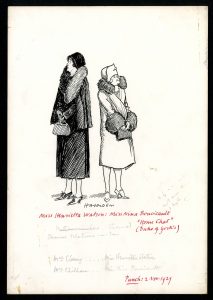
Nina Boucicault (Sister of Dion Jr.)
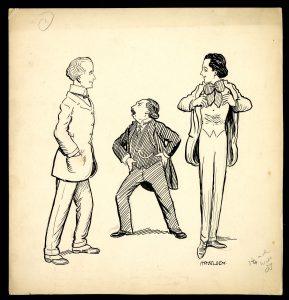
Dion Boucicault Jr. (centre)
Donald Calthrop
Number two of three I’ve found related to collections we hold. It was the first Dion Boucicault’s great-grandson, another Calthrop, who donated some of our Boucicault material. Donald Calthrop was Boucicault’s nephew, and a significant actor in his own right. He appeared in no less than five early films directed by the great Alfred Hitchcock. Sadly, he died of a heart attack before he finished filming Major Barbara in 1941.

Donald Calthrop
Frank Pettingell
And here’s the third. Frank Pettingell was the owner of our largest collection of playscript, both printed and manuscript, and he in his turn acquired them from the son of well-known comedy Arthur Williams, whose stamp can be seen on most of the items in the collection. Frank was a Lancashire man who served in the First World War. His film credits include the original version of Gaslight, and played the Bishop of York in the film Becket, which featured Richard Burton, Peter O’Toole and John Gielgud.
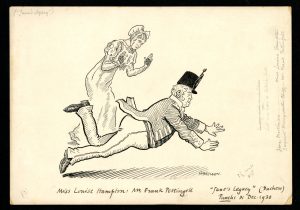
Frank Pettingell, taking a trip
Princess Lilian, Duchess of Halland
Grace Kelly may be well known for marrying European Royalty, but she was not only one! Lilian Davies, an actress more known for her modelling, from Swansea, married into the Swedish royal family in 1976 at the age of 61. They’d been living together for almost 30 years after she and her first husband divorced, but did not marry as it was thought Prince Bertil may have to become Regent after the heir to throne died, leaving a son only a few months old. However, Carl XVI came of age before he came to the throne, and he approved Prince Bertil’s marriage to Lilian. She lived to be 97, and continued to attend official engagements well into her 90s.
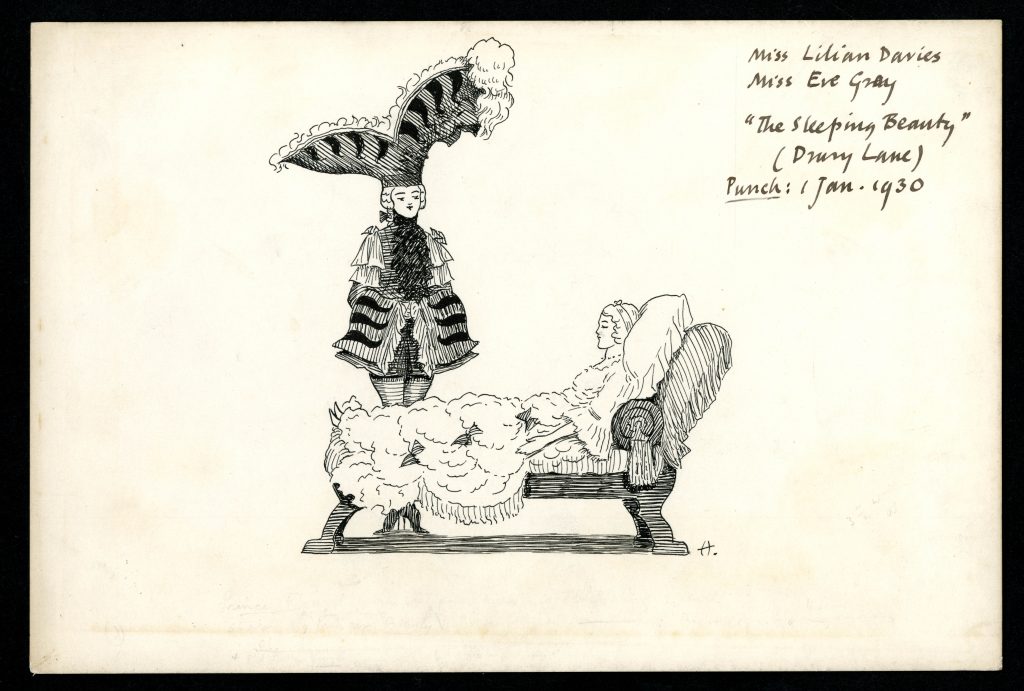
A most impressive hat
Rachel.


